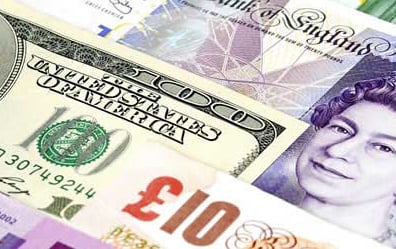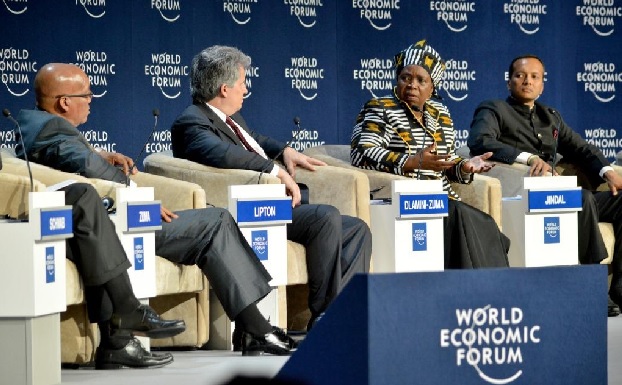There’s generally a correlation in the currency markets where any bounce in the price of WTI inspires similar momentum in those currencies linked to commodity prices. However, this hasn’t been the case on this occasion with this probably linked to rising suspicions that the OPEC meeting later this week will leave oil production levels unchanged.
Although there are concerns over how economies will be able to cope with the dramatic decline in the price of WTI over the previous year, the recent reports showing that production levels are still rising from OPEC committee members suggests that the lower oil prices are set to stay. Due to the likelihood that OPEC will leave production levels unchanged and the probability that this will pressure the price of WTI, there is hesitation from buyers to purchase those currencies linked to commodity prices.
With investment in oil production rising despite the dramatically lower prices, one has to consider that OPEC is deliberately attempting to regain market share by keeping the price of WTI low and consequently squeezing out US producers. Bearing in mind that we are now encountering a relationship between the drop in US oil rigs noted at the beginning of the year and the recent reduced trade surpluses coming out of the weekly US inventory reports, there is room to suggest that this method is beginning to work. Investment in oil production is increasing throughout the Middle-East region, with this suggesting the oversupply concerns are going to remain a dominant threat to investor sentiment. What does this mean to the price of WTI and those currencies linked to commodity prices? Continued pressure, especially with the USD regaining momentum.
The USD has regained its stance as the king of the currency markets, with this being motivated by a combination of Janet Yellen repeating her commitment to raising interest rates at some point this year and recent US economic data supporting the Federal Reserve’s view that any decline in economic momentum was just temporary. As previously mentioned on repeated occasions, the USD will remain supported as long as optimism remains that the Federal Reserve will raise interest rates in 2015. What has happened recently is that fragilities in the US economy have been exposed, which provides validation for the Federal Reserve to maintain a cautious and hesitance stance towards raising interest rates. As I have said since the end of September 2014, I still expect the first US interest rate rise to take place in September 2015.
Advertisement
We saw the need for additional improvements in the US economy outlined once again when consumer spending remained unchanged during April despite personal incomes rising above expectations. The repeated signs of continued weakness in consumer spending within the US economy is not going to prevent the Federal Reserve from raising interest rates at some point later this year, but it will slow down the pace of future rate rises. It just reiterates that there are still fragilities in the US economy that have been exposed, with the lack of consumer spending being a major concern. It is a major concern not just because consumer spending represents such a huge proportion of GDP, but also because a lack of spending will also weigh on inflation prospects with this being something the Federal Reserve vigorously monitor.
Any hopes of a further bounce in the EURUSD ended swiftly following the pair’s failure to close above 1.10 at the end of last week. This was largely seen as a psychological resistance level and the failure to close above 1.10 allowed the bears to take control once again with the EURUSD dropping by 100 pips to 1.0890. Greece is once again being seen as the reoccurring risk to investor sentiment, with the markets having to hear further contrasting reports over whether an agreement with its creditors is imminent. We are only days away from the next Greece repayment with the major threat remaining that a Greece default is still a possibility. This hasn’t been factored into the currency, and I do think that the Euro is still vulnerable to further declines. Even if there isn’t a default, the likelihood of capital controls within Greece is increasing.
It was repeatedly pointed out that if the GBPUSD managed to close below 1.55, the bears would see an opportunity to exploit weakness in the pair and we have now dropped to 1.5181. Although economic data showed an improvement in manufacturing activity over the previous month, the PMI missed expectations with this coming on the back of investor sentiment being weakened by the news that the UK’s main GDP contributor, Services expanded at its weakest pace in over two years during the first quarter of 2015. With it being inevitable that the Bank of England (BoE) will leave interest rates unchanged later this week, it remains possible that the GBPUSD is going to return to the May lows at 1.50.
Advertisement
Follow Jameel on Twitter @Jameel_FXTM
For more information please visit: Forex Time
Add a comment






